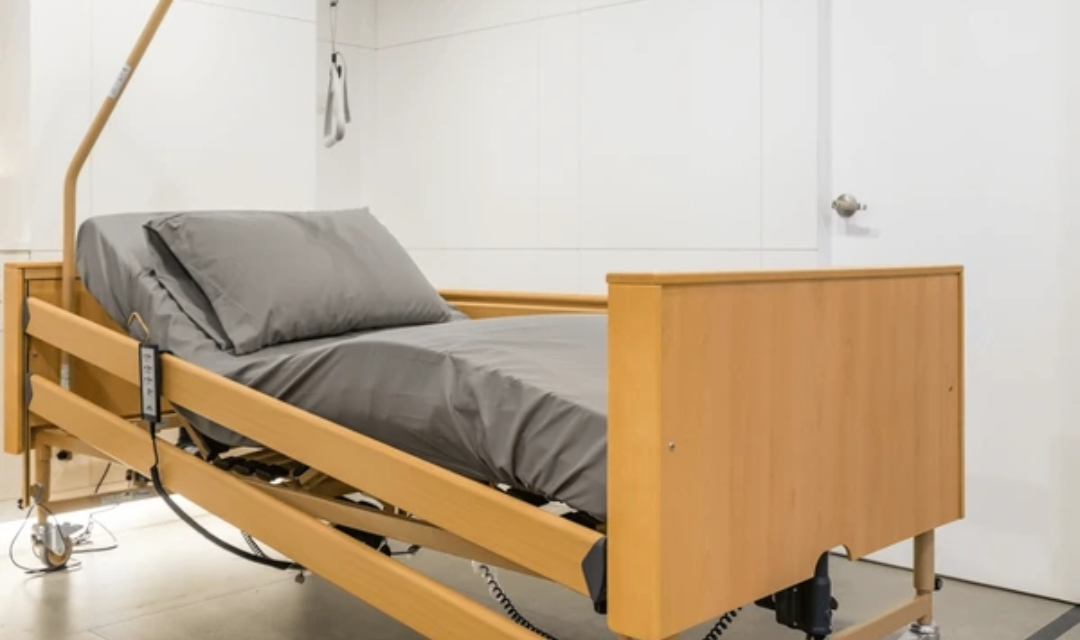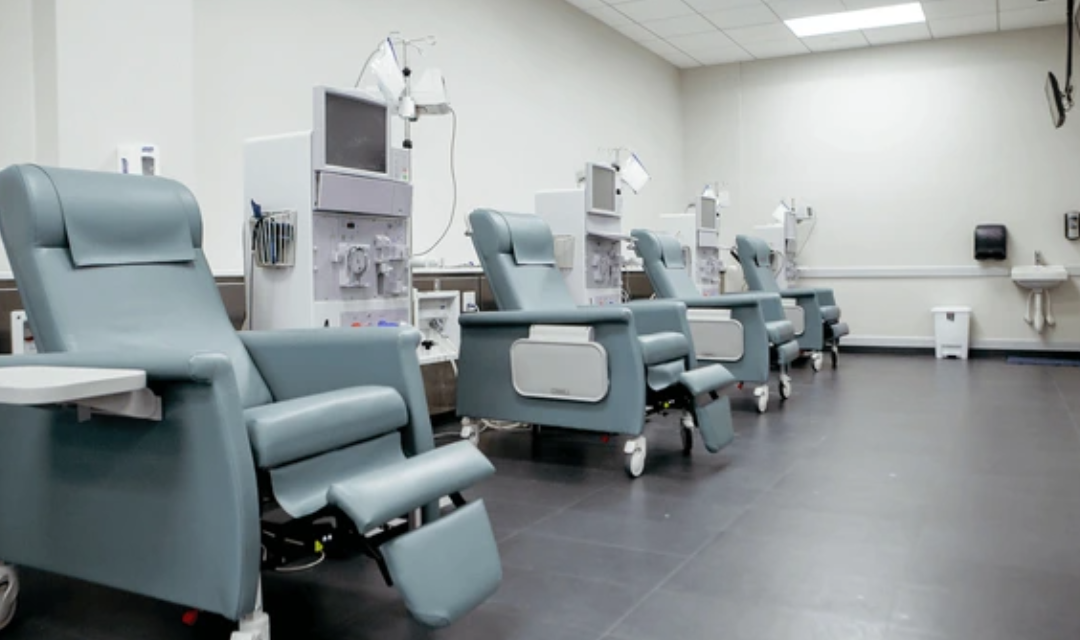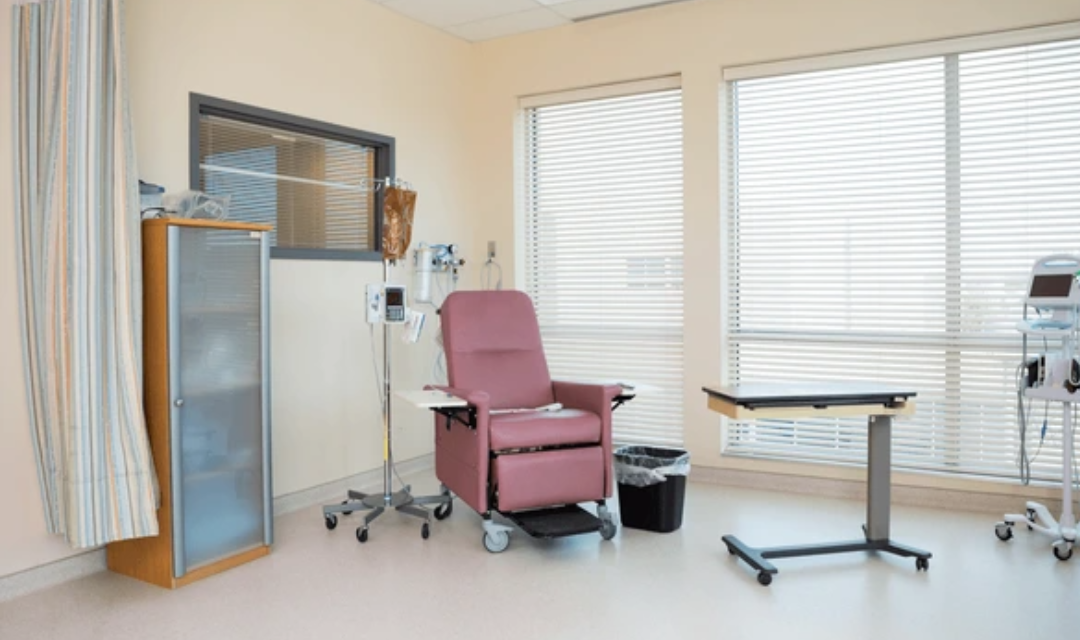13
Aug
Best Bed for Elderly at Home: A Condition-Based Comparison Guide (Real-World Picks & Setup Tips)
Choosing the best bed for elderly care at home isn’t about brand hype—it’s about matching features to a person’s risks, diagnoses, and the layout of the room. The right frame lowers fall risk, supports breathing and circulation, protects skin, and saves caregivers’ backs. Use this guide to identify the best bed for elderly needs by scenario and move straight to well-matched options.
Best Bed for Elderly With High Fall Risk, Dementia/Alzheimer’s, or Nighttime Wandering
Goal: Minimize injury risk, enable safer transfers, and reduce caregiver strain.
Why it matters: Ultra-low beds shorten fall distance; raising to working height protects caregiver posture.
Priorities for the best bed for elderly in this group
-
Ultra-low minimum height (~7") for safer egress and fewer injuries
-
Smooth hi-lo travel to raise the bed for hygiene and wound care
-
Auto-Contour to reduce sliding and shear when elevating the head
-
Positive locks for stability during restless nights
Top picks
-
Protekt Protopia Ultra Low Long Term Care Bed — 7″–31″ travel and tool-free assembly for fast, safe setups
-
Protekt Protopia EXP Expandable Home Care Hospital Bed — Ultra-low plus tool-free 36/42/48″ width & 80/84/88″ length, 8-function pendant with Auto-Contour
-
Invacare CS600 Adjustable Hospital Bed — Integrated width expansion (36/39/42″) and Cardiac Chair in a facility-grade chassis
-
Joerns EasyCare® Hospital Bed — Proven LTC platform with low entry heights and caregiver-friendly ergonomics
Helpful add-ons
-
Assist rails that aid mobility without entrapment risks (Quarter Rail, Pivot Assist, QBar)
-
Pressure-redistribution mattress and low-profile floor mat on the exit side
Best Bed for Elderly With Parkinson’s (rigidity/tremor) or Difficult Bed Exits
Goal: Precise positioning with minimal shear plus robust assist points for transfers.
Priorities
-
Auto-Contour to coordinate head/knee elevation and cut scooting
-
Chair positioning for upright meals, reading, and therapy
-
Generous height range to fine-tune sit-to-stand
-
Assist rails on the transfer side for symmetric leverage
Top picks
-
Protekt Protopia EXP — Auto-Contour + tool-free expansion to “fit the body to the room”
-
Basic American Matrix 6200 Electric Hospital Bed — One-button Cardiac/Comfort Chair and ultra-stable straight-line hi-lo
-
Joerns UltraCare XT Hospital Bed — Premium LTC frame with UltraLock™ mobility and comfort-width options
-
Protekt Akra-FE Full Electric or Patriot Full-Electric Homecare Bed — Everyday 3-function control for reliable daily independence
Nice-to-haves: Pivot/QBar rails for leverage; under-bed lighting (Matrix 6200 option) for safer night moves
Best Bed for Elderly With COPD/CHF, Reflux, or Post-Cardiac Surgery
Goal: Reliable head elevation (≈30–45°) with minimal sliding; Cardiac Chair to support breathing and circulation.
Priorities
-
Stable head elevation plus knee gatch to prevent sliding
-
Cardiac/Comfort Chair for extended upright periods
-
Low-shear transitions (Auto-Contour) to protect skin
Top picks
-
Invacare CS600 — Width options + Cardiac Chair in a robust, adjustable platform
-
Matrix 6200 or Zenith 7200 APS Electrical Hospital Bed — One-touch Cardiac/Comfort Chair and advanced positioning in long-term care frames
-
Value full-electric picks: Invacare IVC Full-Electric, Drive Delta Ultra-Light 1000, ProBasics Motorized Hospital Bed
Mattress tip: Choose a pressure-redistribution surface designed for elevated head-of-bed to limit shear.
Best Bed for Elderly With Pressure-Injury Risk, Wound Care, or Limited Mobility
Goal: Frequent, comfortable micro-repositioning; low shear; caregiver-safe working height.
Priorities
-
Auto-Contour and smooth articulation to reduce friction and shear
-
Height range for upright caregiver posture
-
Deck-mattress compatibility for uniform support
Top picks
-
Protekt Protopia Ultra Low — Ultra-low entry + full travel for safe exits and frequent care
-
Invacare CS600 or Joerns EasyCare — Width-flexible LTC frames that streamline wound rounds
-
Matrix 6200 or Zenith 7200 APS — Advanced positioning; optional Trendelenburg/Reverse for clinical routines
System tips: Pair a therapeutic foam or air surface with Quarter/Pivot rails to assist turns without over-restricting movement.
Best Bed for Elderly Requiring Bariatric Care (Higher Weight, Wider Body Habitus)
Goal: Stable transfers, extra turning space, and motors sized for higher loads—still maneuverable in a home.
Priorities
-
Correct width (42″ baseline; 48″/54″ when needed)
-
Safe working load including patient + mattress + accessories
-
Large casters and strong locks to keep the bed planted during turns
Top picks
-
Protekt Akra Bariatric Series — Lightest-in-class 42″ with 48″/54″ models (up to 1,000 lb model-dependent)
-
Invacare Bariatric BAR600, ProBasics Bariatric Hospital Bed for Home, B700 Bariatric — Heavy-duty mainstays with proven reliability
Planning: Measure doorways/hall turns; confirm desired 42/48/54″ width and appropriate height range; match a bariatric mattress to deck width.
Best Bed for Elderly After Hip/Knee Surgery (Orthopedic Recovery)
Goal: Smooth head/knee “gatch,” easy ingress/egress, safe height for caregiver tasks.
Priorities
-
3-function full-electric for everyday comfort during healing
-
Low minimum height to ease sitting; high working height for dressing changes
-
Quiet motors for night adjustments
Top picks
-
Full-electric comfort: Protekt Akra-FE, Patriot Full-Electric, Invacare IVC Full-Electric, Drive Delta 1000
-
Semi-electric value: Patriot Semi-Electric, Protekt Akra-SE, Invacare 5310IVC
Small-space bonus: Akra-FE ships in two compact boxes—great for tight stairwells.
Best Bed for Elderly After Stroke/Hemiparesis or Marked Deconditioning
Goal: Safer transfers via ideal bed height and strong assist points; minimize scooting.
Priorities
-
Ultra-low for controlled sit-to-stand and safer egress
-
Auto-Contour to reduce shear when elevating
-
Pendant on the strong side; assist bars where transfers occur
Top picks
-
Protopia EXP or Protopia Ultra Low — Tool-free expansion + ultra-low travel to tailor fit and safety
-
Invacare CS600, Joerns UltraCare XT — Robust LTC platforms with excellent positioning
Setup tip: Keep the transfer lane clear and place the rail for leverage, not as a barrier.
Best Bed for Elderly During Short-Term Recovery on a Budget (Weeks to a Few Months)
Goal: Essential clinical positioning now, without over-investing—still compatible with quality mattresses/rails.
Priorities
-
Semi-electric (electric head/knee, manual height) for simple, cost-effective setups
-
Battery-lowering to reach a safe position during outages
-
Rail/mattress compatibility even for short rentals
Top picks
Upgrade path: If needs escalate, move to a full-electric (often the day-to-day best bed for elderly) or an ultra-low LTC frame.
Fast Buyer Checklist to Choose the Best Bed for Elderly
-
Height range: Standard vs. low/ultra-low for fall prevention and ergonomic care
-
Width/capacity: 36″ standard vs. 42–54″ bariatric; verify safe working load (patient + mattress + rails)
-
Positioning: 3-function basics vs. Cardiac Chair/Trendelenburg/Auto-Contour for respiratory, cardiac, or wound-care routines
-
Room fit & delivery: Split-frame/boxed shipping (e.g., Akra-FE) and tool-free assembly (e.g., Protopia EXP)
-
Safety & support: Assist rails (Quarter, Pivot, QBar), floor locks, under-bed lighting, pressure-relief mattress matched to deck
-
Controls & backup: Large-button pendant (preferably backlit) and battery-lowering for outages
-
Cleanability: Smooth panels, wash-tolerant electronics, quiet DC motors for nighttime use
One Last Note on Safety
Rails, mattress, and frame function as a system. Always verify compatibility and follow bed-system safety guidance to reduce entrapment risks—especially when changing rail types or switching mattress models.
Trusted resource: For evidence-based fall-prevention guidance in older adults, see the CDC’s STEADI initiative: https://www.cdc.gov/steadi/
More Resources
Medical Beds for Sale: The Complete Homecare & Long-Term Care Buying Guide
Best Hospital Bed Mattress Buying Guide: Top Picks, Expert Comparisons & Essential Tips







